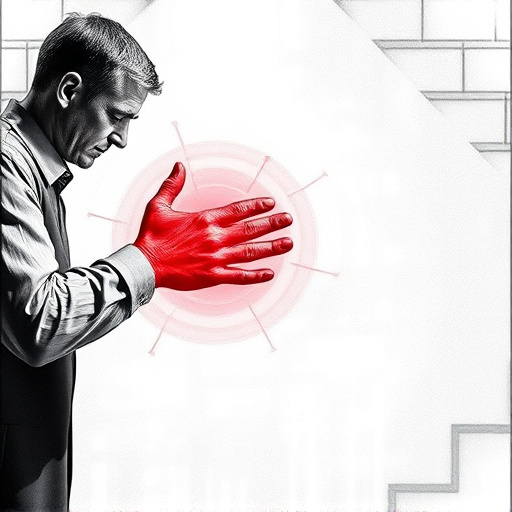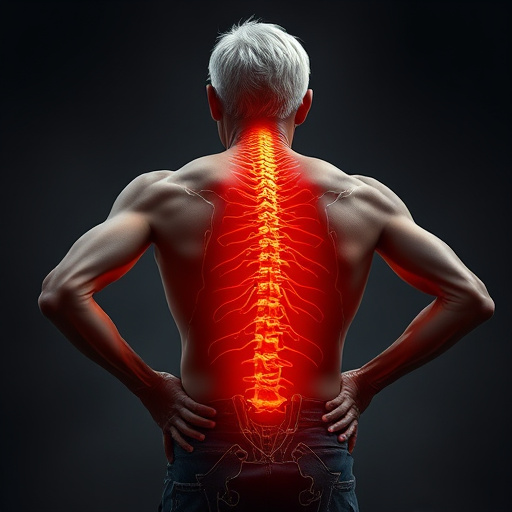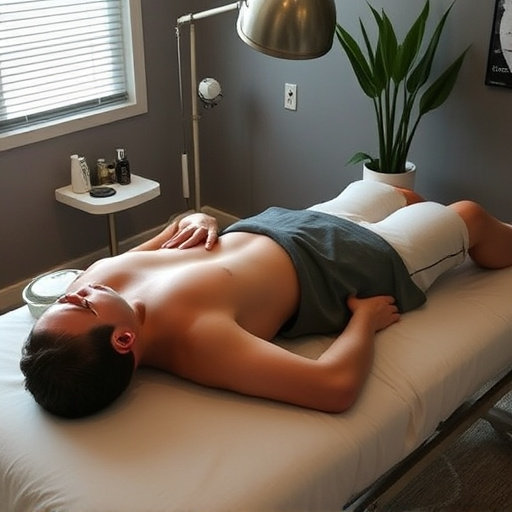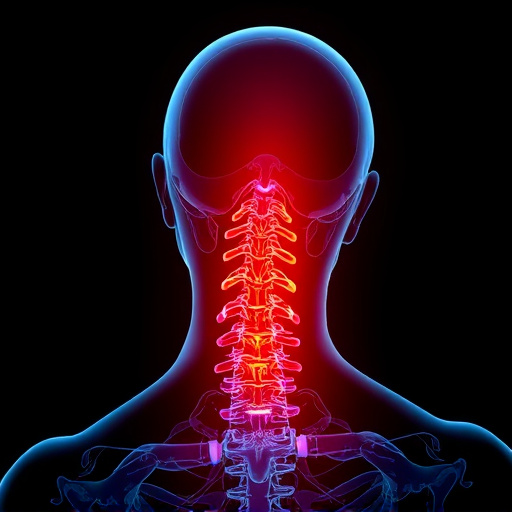Herniated discs, caused by age or injury, lead to pain ranging from mild to severe. Conservative treatments like rest, physical therapy, and chiropractic care are initially recommended. This approach includes posture adjustments, ergonomic practices, heat/ice therapy, and medication. Surgery, such as discectomy, is an option for severe cases post-injuries, requiring consultation with a healthcare provider to weigh risks and benefits.
A herniated disc, often causing pain and discomfort, is a common spinal issue. Understanding this condition and its underlying causes is the first step towards effective treatment. This article provides an in-depth guide to navigating herniated disc treatment success. We explore conservative approaches, such as lifestyle adjustments and therapies, known for their role in alleviating symptoms. For cases persisting despite non-invasive methods, we delve into surgical options, offering a comprehensive overview of available treatments for optimal recovery.
- Understanding Herniated Discs: Causes and Symptoms
- Conservative Treatments: Lifestyle Adjustments and Therapies
- Surgical Options: When Non-Invasive Methods Fail
Understanding Herniated Discs: Causes and Symptoms

Herniated discs, also known as slipped or ruptured discs, are a common spinal issue affecting millions worldwide. These discs act as cushions between the vertebrae in your spine, providing flexibility and shock absorption. When a disc becomes herniated, the soft inner nucleus pushes through a tear in the outer ring, potentially compressing nearby nerves.
Causes often include age-related wear and tear, sudden injuries, or repetitive motions. Symptoms can vary widely, from mild pain and numbness to severe, shooting agony. Some individuals experience no symptoms at all. If you suspect a herniated disc, consulting a healthcare professional is crucial for accurate diagnosis. They may recommend conservative treatments like rest, physical therapy, or chiropractic care to manage pain and promote healing.
Conservative Treatments: Lifestyle Adjustments and Therapies

Many doctors recommend a conservative approach to treating herniated discs before considering more invasive procedures. This involves lifestyle adjustments and therapies aimed at reducing pain and promoting healing. Simple changes like maintaining good posture, avoiding heavy lifting, and adopting ergonomic practices can significantly alleviate pressure on affected areas.
Additionally, physical therapies play a crucial role in herniated disc treatment, focusing on exercises that strengthen back muscles and improve flexibility. These techniques are designed to enhance overall stability and reduce the risk of further damage. Moreover, pain management strategies such as heat or ice therapy, along with medication, can provide much-needed sciatica relief while the body heals itself through functional rehabilitation processes.
Surgical Options: When Non-Invasive Methods Fail

In cases where conservative treatments like physical therapy, medication, and lifestyle adjustments fail to provide relief, doctors may suggest surgical options for herniated disc treatment. While surgery should always be a last resort, it can offer significant benefits when non-invasive methods are ineffective. For example, discectomy, a common procedure, involves removing the damaged or herniated disc material that is pressing on nerves, potentially alleviating pain and restoring mobility.
For individuals who have experienced severe or persistent symptoms following a whiplash injury from a car accident or sports injury, surgical intervention might be recommended. These procedures aim to stabilize the spine and reduce further damage to the surrounding nerves. It’s crucial for patients to understand the risks and benefits of surgery and explore all options with their healthcare provider before making a decision regarding herniated disc treatment.
Herniated disc treatment success relies on understanding the condition’s causes and symptoms, and adopting a multifaceted approach. Conservative treatments, including lifestyle adjustments and therapies, often provide significant relief for many patients. However, when non-invasive methods fail, surgical options may be necessary to alleviate pain and restore function. By combining these approaches and working closely with healthcare professionals, individuals can find the most effective herniated disc treatment tailored to their needs.














